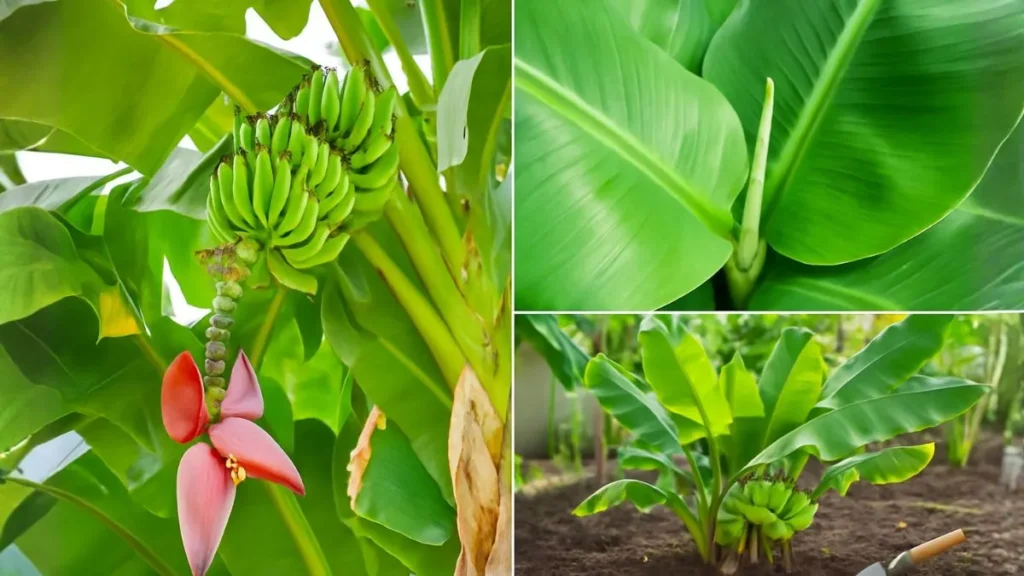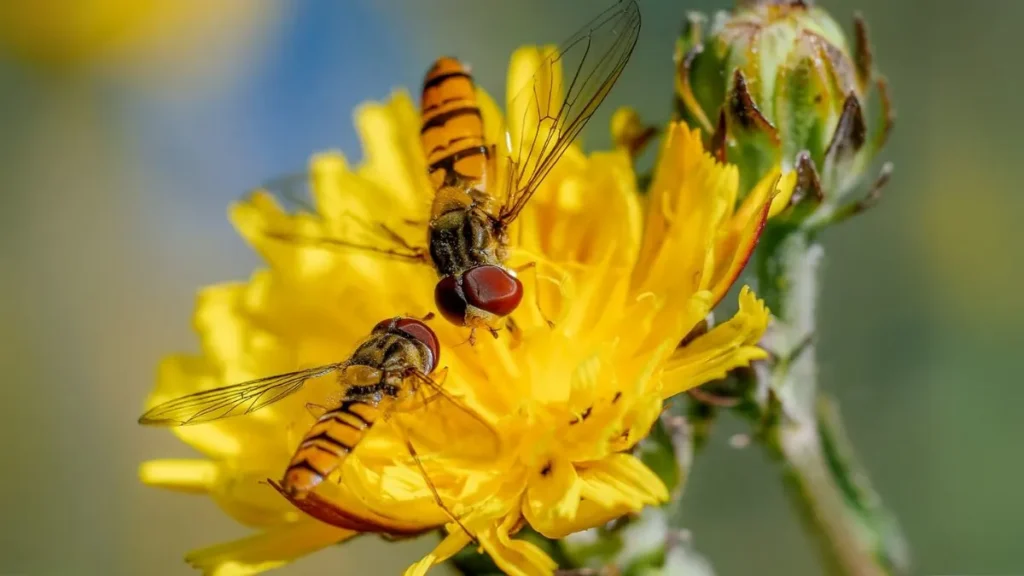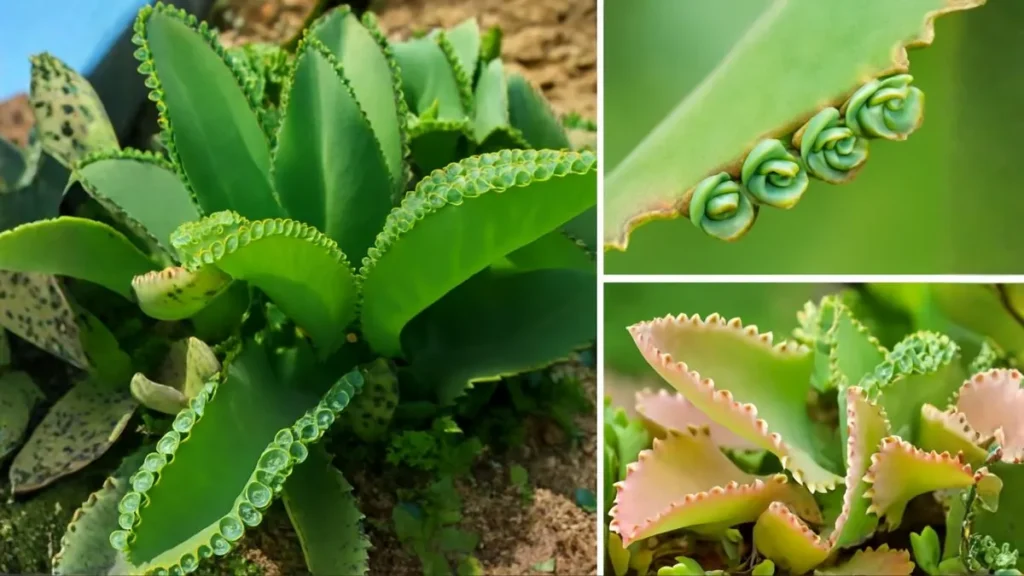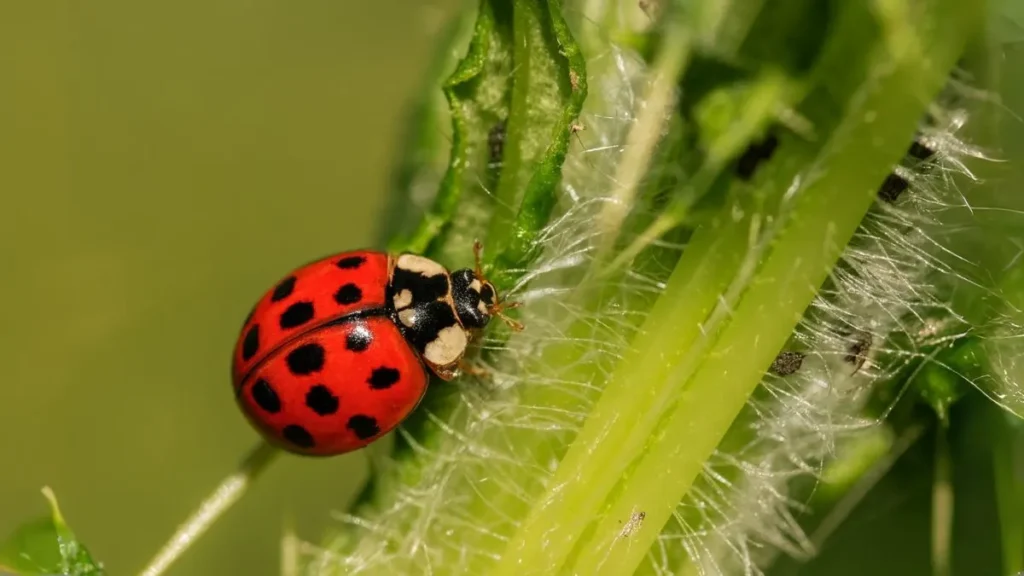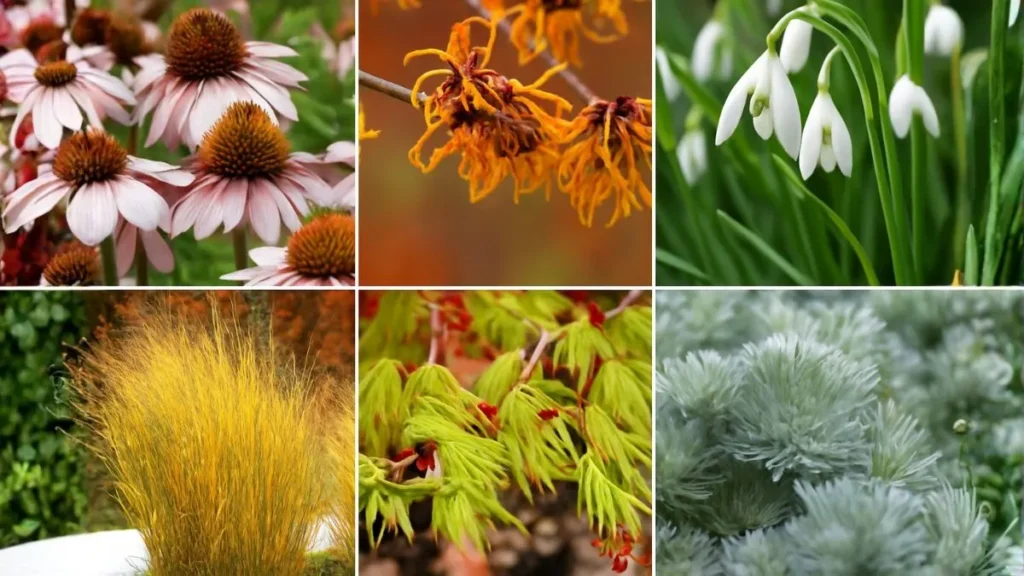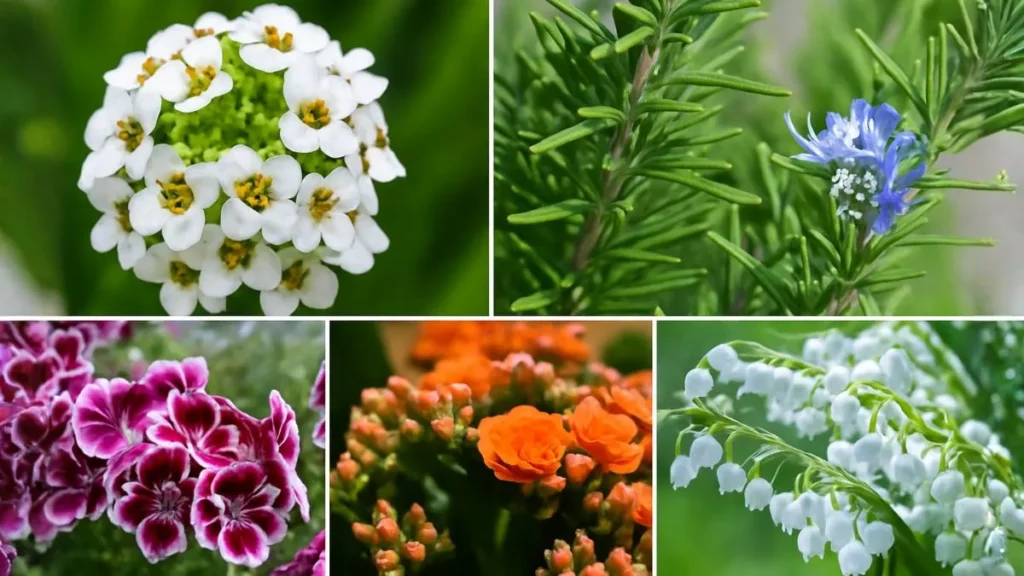If you’re searching for a plant that’s stylish, modern, and practically maintenance-free, Tillandsia (commonly called air plants) is the one. Unlike traditional houseplants that rely on soil, air plants take up nutrients and water directly through their leaves. Their roots are mainly for anchoring themselves to rocks, trees, or shells in nature.
This quality makes them highly adaptable indoors. You’ll see them mounted on driftwood, placed in glass globes, arranged in decorative bowls, or even hanging in mid-air. But don’t let their easy-going vibe fool you—while forgiving, they still need specific conditions to thrive. And the golden rule? Try to keep the plant in bright indirect light with enough airflow.
When I brought home my first air plant, I thought it would survive just about anywhere. I left it in a closed terrarium with no airflow, and within weeks, it started to decline. After moving it to a windowsill where it got light and air movement, it perked up almost overnight. That’s when I learned the secret to happy air plants: provide bright, indirect light and ensure good air circulation.
Light Requirements for Tillandsia
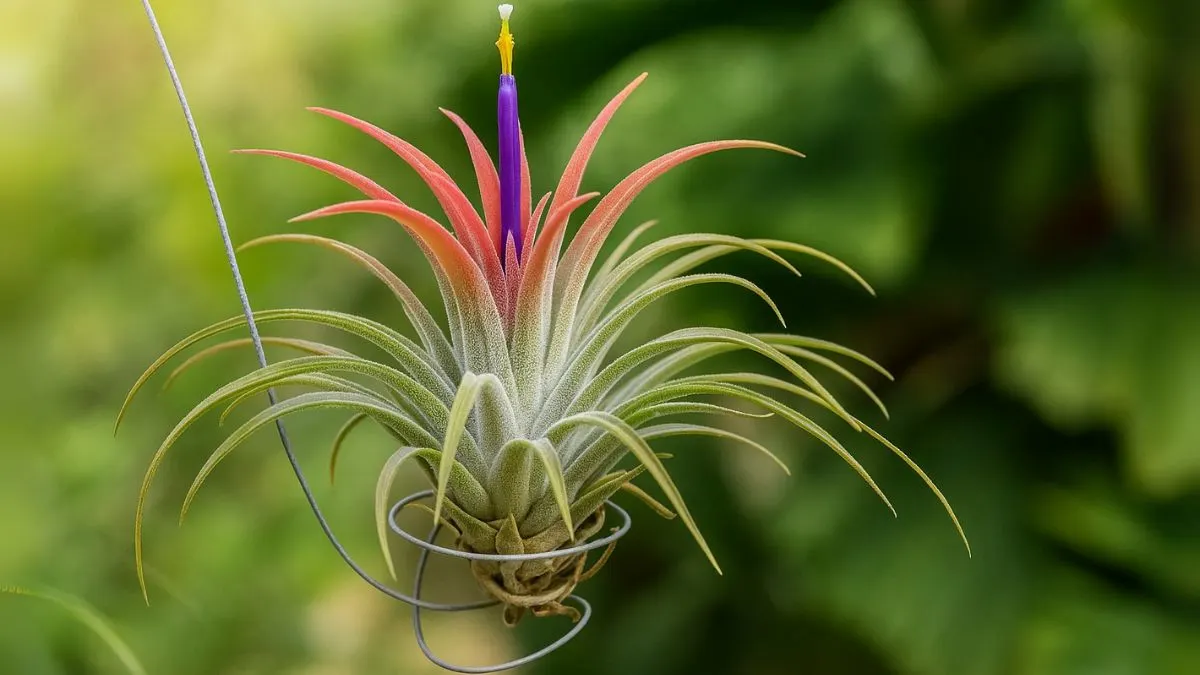
Light is the number one factor for healthy growth. Tillandsia needs bright, but not direct, sunlight. If you expose it to strong midday sun, the delicate leaves can scorch and turn brown at the tips.
- Best Locations: East or south-facing windows are perfect.
- Artificial Lighting: If you don’t get much natural light, use fluorescent or LED grow lights.
- Duration: Aim for 6–8 hours of bright light daily.
In short: all air plants like bright, indirect light. Think of the soft morning rays that energize the plant without burning it.
Watering Tillandsia
Another common question is: “How do you water a plant that doesn’t live in soil?” The answer is simple: All they need is sunlight and water. But the trick is to give the right amount at the right time.
- Soaking Method: Submerge your air plant in room-temperature water for 20–30 minutes once a week.
- Misting: If you live in a dry climate, mist your plant 2–3 times a week between soakings.
- Drying: After watering, always shake off excess water and place the plant upside down on a towel to dry. Standing water in the base can lead to rot.
When I first started, I skipped the drying step and lost an air plant to rot. Since then, I always let them dry properly in an airy spot, and I’ve never had the problem again.
Also Read: Beginner‑Proof Lavender Propagation
Importance of Air Circulation
Good airflow is just as important as sunlight and water. Without it, Tillandsias suffocate. That’s why glass globes without ventilation holes often cause problems.
Remember: provide bright, indirect light and ensure good air circulation. Place them near a window where natural breezes flow, or use an open display like bowls, shells, or mounted boards.
Once, I had one tucked into a bookshelf corner where it barely got airflow, and it struggled. Moving it just two feet closer to an open window changed everything—it sprouted fresh leaves within a month.
Fertilizing Tillandsia
Though they survive without it, occasional feeding makes a big difference. Use a diluted bromeliad or orchid fertilizer once a month during spring and summer. Fertilizer helps encourage vibrant leaves and even flowering.
Popular Tillandsia Varieties
Here are some common types you can grow indoors:
Variety |
Appearance |
Highlight Feature |
Tillandsia Ionantha |
Compact, blushes red when blooming |
Color-changing beauty |
Tillandsia Xerographica |
Large, curly silver-green leaves |
Stunning centerpiece |
Tillandsia Capitata |
Rosette form, turns pink in bloom |
Perfect for terrariums |
Tillandsia Bulbosa |
Tentacle-like twisted leaves |
Sculptural, alien look |
All varieties thrive under the same conditions—try to keep the plant in bright indirect light, give them water, and allow air circulation.
Also Read: Sunflowers: The Easiest Way to Supercharge Beauty, Wildlife, and Soil Health
Common Issues and Fixes
Even though air plants are hardy, they can develop problems if neglected:
- Brown Tips: Usually from too much direct sunlight or not enough humidity.
- Rotting Base: Caused by not drying properly after soaking.
- Dull, lifeless leaves: Almost always due to insufficient light.
The good news? Air plants recover quickly once you correct their conditions.
My Personal Experience
I once made the mistake of assuming air plants were “indestructible.” I placed one on my office desk with only fluorescent light and no misting. Within weeks, its leaves curled inward and dulled. When I moved it home to a sunny spot (but indirect sunlight), misted it regularly, and gave it better air circulation, it sprang back beautifully.
That experience taught me an important lesson: all air plants like bright, indirect light, and while they may be low-maintenance, they still need consistency.
Tips for Long-Term Care
- Rotate your plant every week so all sides receive equal light.
- Don’t use distilled water; it lacks minerals. Rainwater or tap water (left out overnight) works best.
- Group them together—air plants thrive in clusters where humidity stays higher.
- Be patient with blooms. With the right care, Tillandsias can produce stunning flowers that last for weeks.
Caring for Tillandsia indoors is rewarding and surprisingly simple once you understand their needs. Whether you’re in Canada, the USA, or anywhere else, these little wonders will thrive with just a bit of attention. With their sculptural beauty, low-maintenance nature, and soil-free adaptability, air plants make an excellent addition to any indoor garden.
👉 Bring home a Tillandsia today, give it the essentials, and watch this fascinating plant transform your space into a modern green haven.
